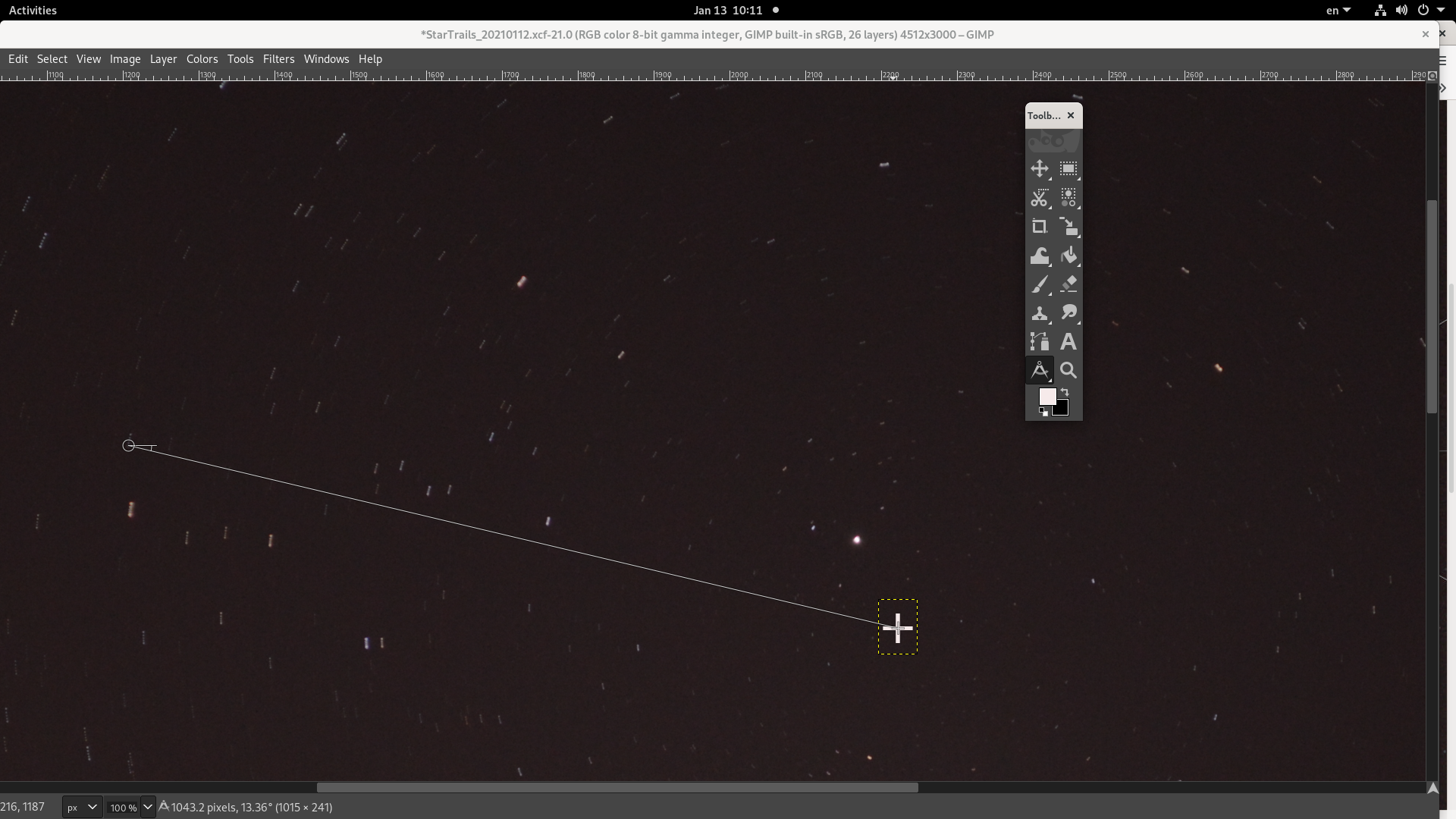


You can use a compass to get an idea of this but it can be a bit hit and miss as the compass reading is influenced by the earths magnetic field. It is much easier when the stars are visible in the sky as you can work out exactly where the centre of the star circle will be.

I try to visit a location prior to the shoot to work out the best composition. The website is good for cloud predictions. If you are shooting on the coast look at the tides, as you don’t want to start a shoot and find your camera underwater a few hours later!Īnd finally keep an eye on the weather conditions. I only shoot when the moon’s disc is below 40% illuminated. It is possible to shoot startrails under moonlight but results are generally better under the darker skies you get around the new moon. You also need to pay attention to the moon phase. In the southern hemisphere aiming south will give a circular pattern, east or west will give straight lines, and north will give a rainbow shaped pattern. Using that I can look at an aerial view of the location I’ve scouted and get an idea of which direction I’ll need to point the camera to get the type of trails I want. Once I have a location in mind I’ll start with a smartphone app called The Photographer’s Ephemeris. Planning the shotįailing to plan is planning to fail and when shooting startrails there are a lot of factors to take into consideration. If your camera supports dual cards you may like to set it up for overflow onto the second card if required. You’ll want to shoot in the highest quality setting available on your camera (ideally 14bit raw), and a high megapixel camera will easily fill a 64gb card if shooting right through the night. I find the heating strap to be the best option, but you need to keep it powered for the duration of the shoot, which will usually require a few battery changes.įinally use the highest capacity memory card you have. This can be done with a battery powered heating strap wrapped around the lens barrel, or by placing chemical hand warmer sachets (available from camping stores) on top of the lens barrel. To prevent this you need to keep the temperature of the lens element slightly above the ambient air temperature. Under certain conditions dew can form on the lens element. Check to see if there’s a hook on the underside of the top plate for this. You can hang a weight (like a camera bag or bag of rocks) from the tripod to increase stability.

Its also best not to fully extend the legs of the tripod to make it more stable. Bigger is better as smaller flimsy tripods can move around and flex in the wind which will result in startrails that aren’t smooth.
LIGHTROOM STARTRAIL ISO
You don’t need the fastest lens you can get your hands on – f/2.8 isn’t required and an f/4-5 lens should be fine, but slower lenses will require a higher ISO setting to compensate, which might be an issue on camera bodies with poor noise performance. These allow you to compose a shot with an interesting foreground while still capturing a good amount of sky in the frame. With your camera sorted, it’s time to think lenses. A good modern DSLR with a battery grip is usually sufficient. It is difficult to change a battery mid shoot without moving the camera and as you will be running the camera for long periods of time, use a battery grip if you can. You will need to choose a camera with reasonable noise performance as one of the critical part of this style of photography is being able to shoot at high ISOs (6400 and higher). The Nikon ones for example are limited to exposure times of 30 seconds or less. I recommend avoiding the in-camera intervalometers as configuration options can be a bit limited. Any basic external intervalometer will do.
LIGHTROOM STARTRAIL MANUAL
The gearįirstly, you’ll need a camera that has manual control over exposure settings and the ability to connect an intervalometer (or a built in intervalometer). It is a cool technique that every photographer should try at least once and in this tutorial I will show you how it’s done. When a camera captures that movement with a long exposure, it is called a startrail. As Earth spins under the sky, the stars appear to move.


 0 kommentar(er)
0 kommentar(er)
